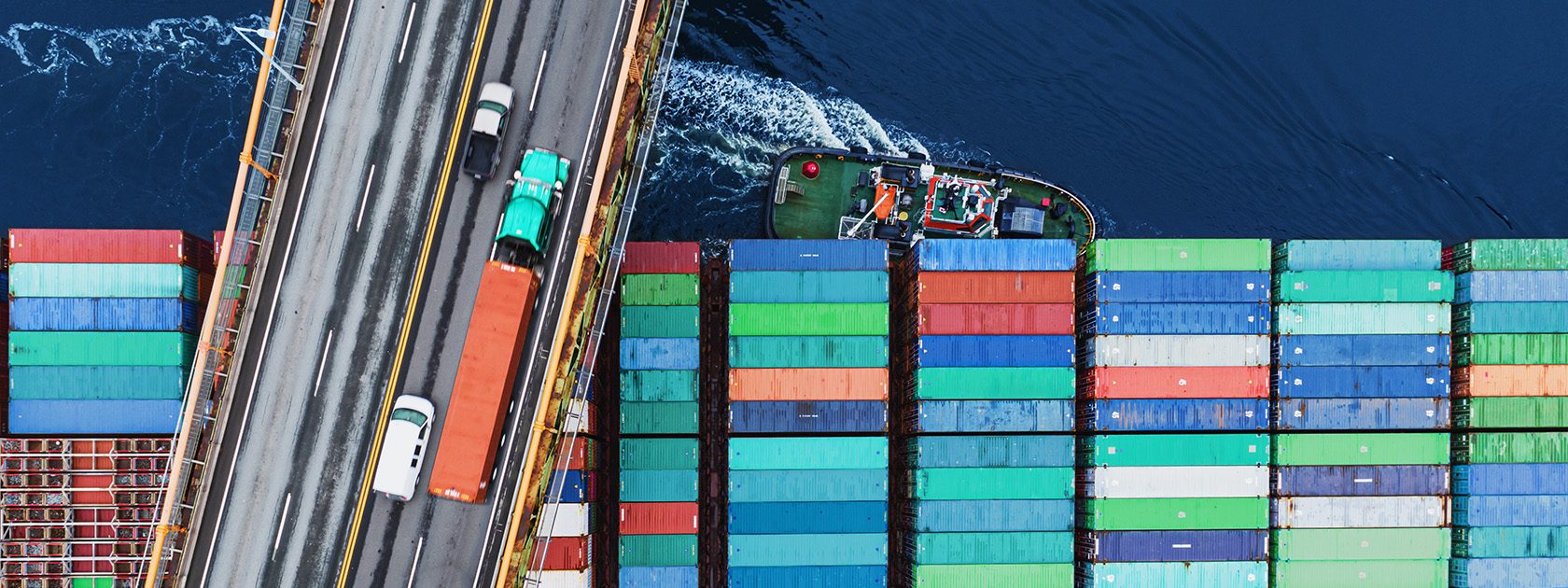ASEAN to drive the next decade of global trade


Global trade is increasingly shifting towards Asia as high-growth corridors emerge within the region and across to new markets in Africa and the Middle East. ASEAN is on top of the list – trade between member states is set to accelerate at nearly nine per cent annually over the next decade.
While these trends signpost big opportunities, businesses are faced with a polycrisis – a set of inter-dependent challenges – from rising geopolitical tensions, high inflation, and energy prices to the increasingly urgent need to address climate risks.
To be successful, companies must act now, connecting to new markets to diversify both their sourcing and manufacturing for more resilient supply chains. Sustainability is increasingly both an investor and consumer imperative, making ESG compliance more urgent than ever, for not just anchor corporates but also their suppliers.
Businesses must balance growth goals with resilient and sustainable supply chains. They need to identify and connect to growth opportunities, then execute a sustainable and resilient growth plan.
So, where will the growth hubs of the future be? We see them across Asia, Africa and the Middle East, set to propel global exports from USD21 trillion to USD32.6 trillion by 2030, according to our new Future of Trade report.
As businesses look to diversify into new markets, ASEAN’s rise as a top-growth region will extend beyond its borders to South Asia, East Asia and the Middle East – these corridors will outpace the global average by up to four percentage points.
We are already seeing markets such as Vietnam, Malaysia and Indonesia benefitting from these shifts.
Vietnam’s exports will surge at a seven per cent annually. Multinationals in the Machinery and Electricals sector are increasingly looking at Vietnam to source and manufacture – these moves will be significant enablers of Vietnam’s export growth.
Global semi-conductor demand – going up at speed – will fuel multiple economies in ASEAN.
Malaysia is making moves to establish itself in the global semi-conductor supply chain – the US-Malaysia Memorandum of Cooperation hopes to secure the supply of this critical input.
Singapore, a strong enabler of the ASEAN success story, will have exports worth USD864bn by 2030, also driven significantly by semi-conductor demand.
Over in Indonesia, solid export growth at 7 per cent annually will be led by a rise in refined mineral exports and investments in more sustainable agricultural practices to grow yield and meet changing consumer expectations.
So, are businesses ready to capture the opportunities we identify? We advocate a three-part response framework to deliver the most successful outcomes:
First: Diversification is critical. Businesses need to source and manufacture from more markets, to reduce their concentration risk. Leaders will need to strike a balance between cost efficiency and resilience as they do this.
Second: Digitalisation must be accelerated to improve risk management and make manufacturing more efficient. Almost 90 per cent of the business leaders we surveyed said they are already picking up the pace of their technology transformation.
Third: Building more sustainable and inclusive supply chains – achieving ESG compliance across entire supply chains will require businesses to include it in their supplier selection criteria and they will need to track compliance. Inclusion will require them to expand the pool of SMEs and markets they have across their supply chains.
These last two objectives can be achieved in part through digital supply chain finance platforms, which enable SMEs to access finance more easily using the credit scores of their anchor corporates, driving up inclusion. An example is Standard Chartered’s partnership with Linklogis (China’s largest supply chain finance platform) which allows us to finance SMEs down to the eleventh tier of a company’s supply chain.
The future of ASEAN is exciting. As we work to capitalise on the opportunity in the region, we must also advocate a more sustainable and inclusive model of trade.
The public and private sector need to work in partnership to ensure the right mix of policy, technology adoption and interoperability, as well as incentives are in place to encourage businesses of all sizes to move in the right direction and achieve sustainable growth.
The writer is Global Head, Transaction Banking at Standard Chartered Bank